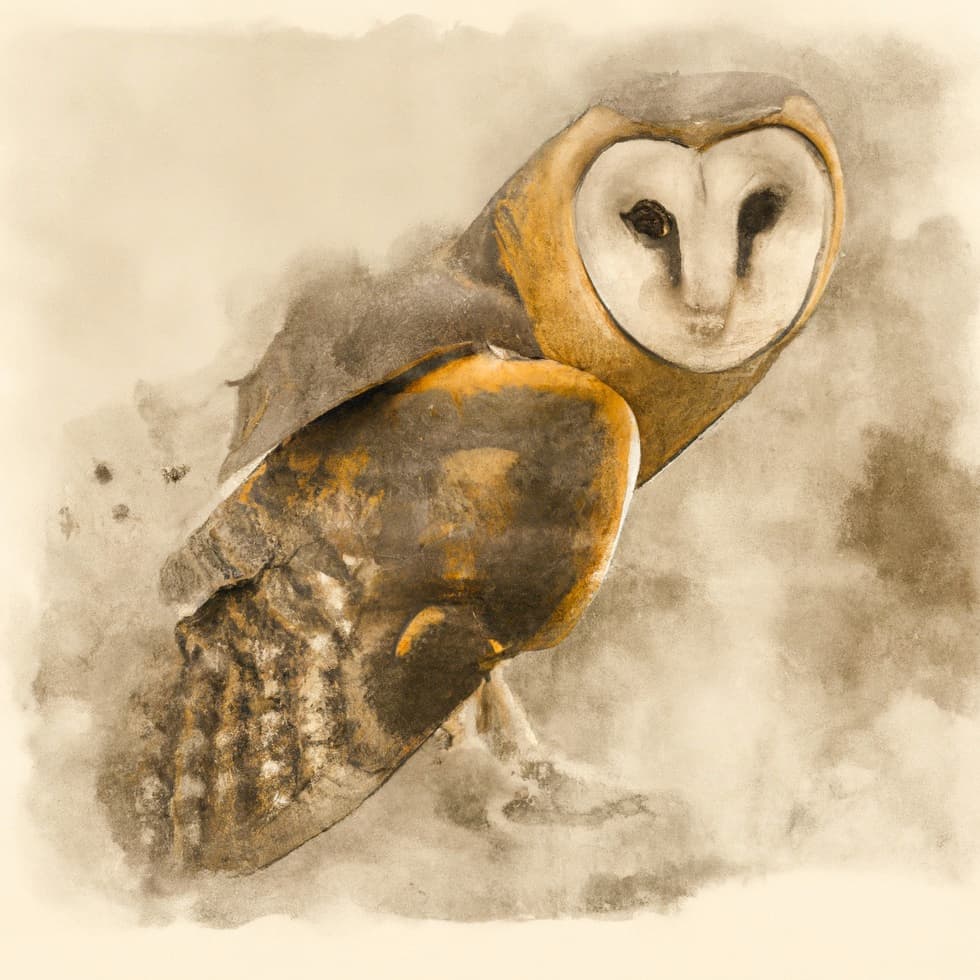
The Barn Owl is one of the most distinctive and captivating birds found in the world. Its heart-shaped face, pale plumage, and eerie screeching call have fascinated bird enthusiasts for generations. The Barn Owl, also known as the Common Barn Owl, is found in almost every part of the world, from Europe and Africa to the Americas and Asia. This blog will take a closer look at 27 curious facts about the Barn Owl.
27 Curious Facts about the Barn Owl
- The Barn Owl is the most widely distributed owl species in the world.
- They are known for their distinctive heart-shaped facial disk, which helps them to locate prey in the dark.
- Barn Owls have a unique, high-pitched screeching call that is often described as sounding like a banshee.
- They are sometimes known as “ghost owls” because of their white underparts and pale plumage.
- Barn Owls have incredibly sharp hearing and can locate prey through sound alone.
- They are the only owl species that is completely silent in flight.
- The collective noun for a group of Barn Owls is a “parliament.”
- Barn Owls are not closely related to true owls and are placed in a separate family, Tytonidae.
- They have the best low-light vision of any bird of prey.
- Barn Owls can rotate their heads up to 270 degrees.
- They have a wingspan of up to 1.3 meters (4 feet).
- Barn Owls are monogamous and mate for life.
- They nest in cavities, such as hollow trees or buildings.
- Barn Owls are not migratory, but their distribution can vary widely depending on food availability.
- They are found in a wide range of habitats, from grasslands and forests to deserts and urban areas.
- The diet of Barn Owls consists mainly of small mammals, such as mice and voles, but they also eat birds, reptiles, and insects.
- Barn Owls have a unique digestive system that allows them to swallow their prey whole and regurgitate indigestible parts in the form of pellets.
- Barn Owl pellets are often used in schools for educational purposes and can provide valuable information about local ecosystems.
- In some cultures, Barn Owls are considered a symbol of good luck, while in others they are associated with death and misfortune.
- Barn Owls have been depicted in art and literature for thousands of years, from ancient Egyptian hieroglyphics to modern children’s books.
- Barn Owls have a relatively long lifespan for a bird of prey, with some individuals living up to 20 years in the wild.
- They are one of the few owl species that is active during the day as well as at night.
- Barn Owls have a low tolerance for cold weather and may migrate to warmer regions in the winter.
- The oldest known Barn Owl fossil dates back to the early Eocene, around 50 million years ago.
- Barn Owls are sometimes called “farmer’s friends” because they help to control rodent populations.
- Barn Owls have a strong homing instinct and can find their way back to their nest even after being moved several kilometres away.
- Despite being widespread and common, Barn Owls are vulnerable to habitat loss and human persecution.
Where to Find the Barn Owl
Barn Owls are found on almost every continent, from Europe and Africa to the Americas and Asia. They are not migratory, but their distribution can vary widely depending on food availability. They are often found in grasslands, farmlands, and woodlands in Europe. In North America, they are found in a variety of habitats, including open grasslands, agricultural areas, and wetlands. They are found in the Andes Mountains and surrounding lowlands in South America. In Asia, they are found in a variety of habitats, from deserts to tropical forests.
Barn Owls prefer to nest in cavities, such as hollow trees, cliffs, or buildings. They are known to use nest boxes, and these can be a great way to attract them to areas where natural cavities are scarce. They have been known to nest in church steeples and abandoned buildings in urban areas.
Feeding the Barn Owl
Barn Owls primarily feed on small mammals, such as mice and voles, but they also eat birds, reptiles, and insects. They have a unique digestive system that allows them to swallow their prey whole and regurgitate indigestible parts in the form of pellets.
Domestically, it is possible to feed Barn Owls by providing them with whole prey items, such as mice or rats. However, it is important to ensure that the prey is disease-free and has not been exposed to pesticides. It is also important to note that keeping Barn Owls as pets is illegal in many countries.
Final Thoughts
The Barn Owl is a truly fascinating bird, with a unique set of adaptations and behaviours that make it a valuable member of many ecosystems. Despite being common and widespread, we must take steps to protect them from habitat loss and persecution. Whether you are a seasoned birdwatcher or simply appreciate the natural world, the Barn Owl is a species that is sure to captivate and intrigue. So grab your binoculars and get ready to join the parliament of owl enthusiasts!